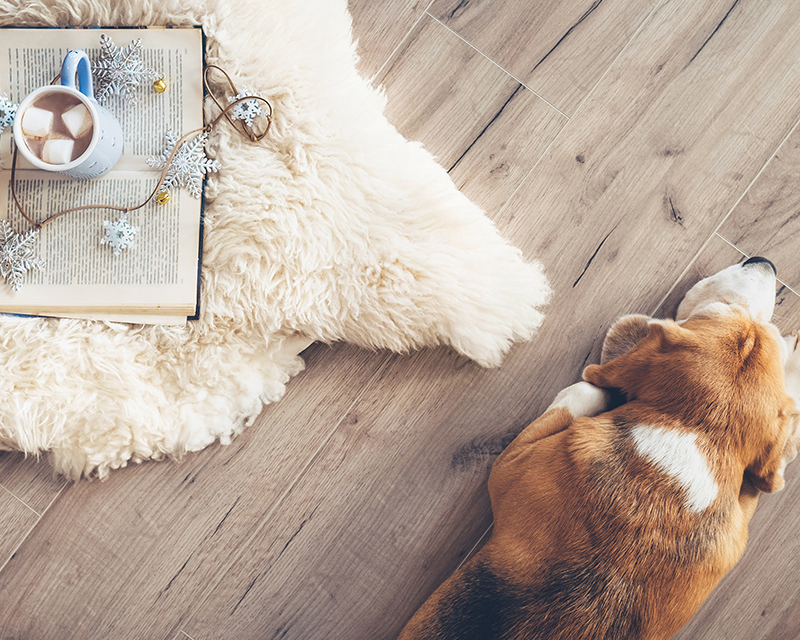Selleys Aquadhere Durabond
Selleys Aquadhere Durabond is suitable for bonding wood to almost anything, is easily sandable, paintable & stainable. Perfect for jobs requiring extra durability.
A loose floor board can be both a household hazard and an annoyance.
Depending on your floor access, it can be a relatively quick fix to repair floorboards yourself without the need to call a tradie.
If you have access from above the boards:

Selleys Aquadhere Durabond is suitable for bonding wood to almost anything, is easily sandable, paintable & stainable. Perfect for jobs requiring extra durability.
Selleys No More Cracks Wood Filler gives a superior durable finish on interior timber. It is stainable, paintable and has excellent adhesion.
The kitchen is the heart of every family home, but over time – cooking spills, kids, clutter can leave it looking a little tired. Here are some simple steps to giving it a refresh
Learn how to tile your kitchen splashback in 3 steps with the Selleys White For Life triple pack complete with tile adhesive, tile grout and tile sealant!
Sealing your splashback is the final step to installing a splashback and perhaps the most important! It's super easy to do with Selleys silicone sealant.
Keep on trend and learn how to create a stunning chopping board for serving which will be the envy of your friends at your next dinner party.

Share
Share this article with your friends